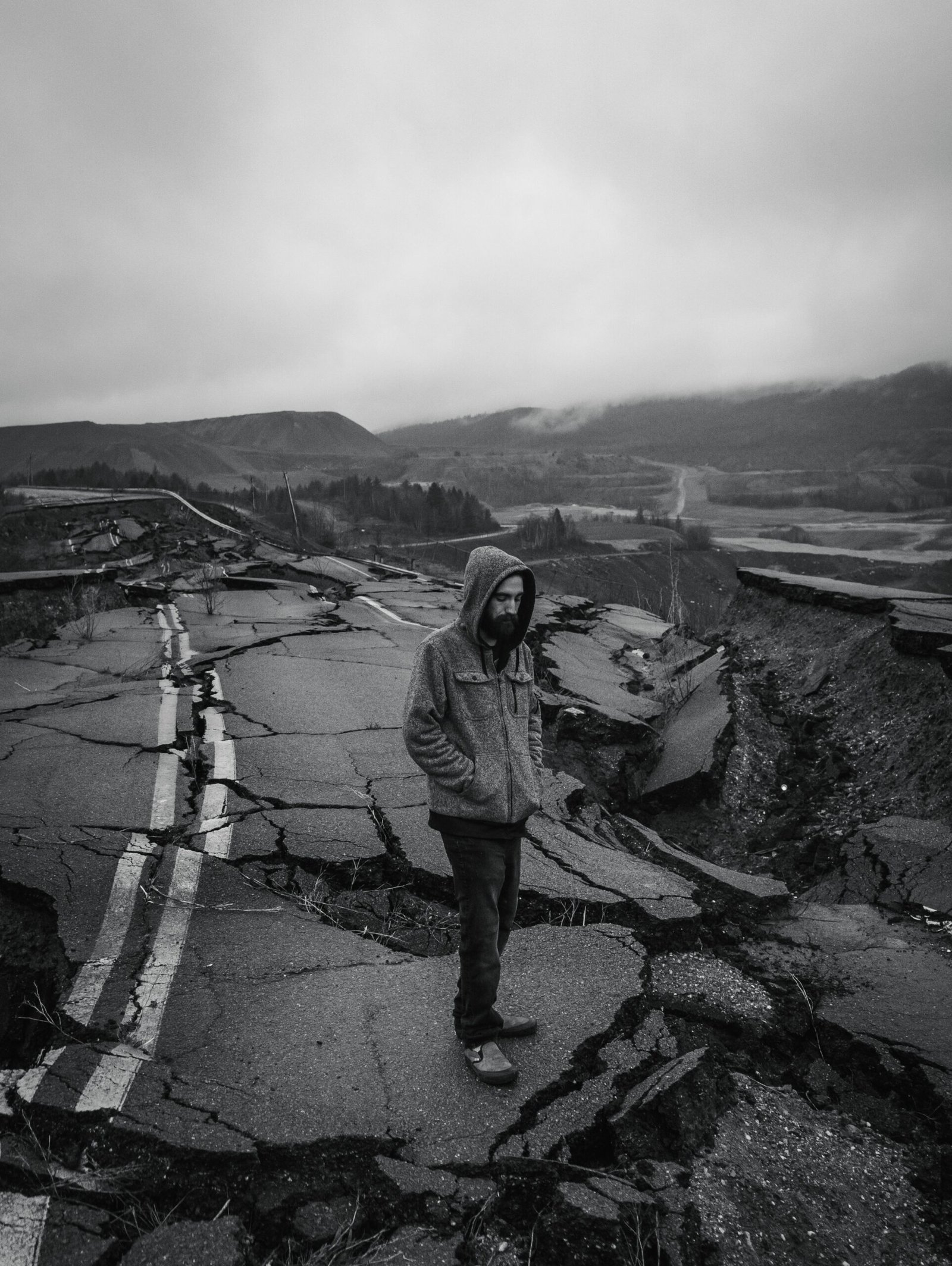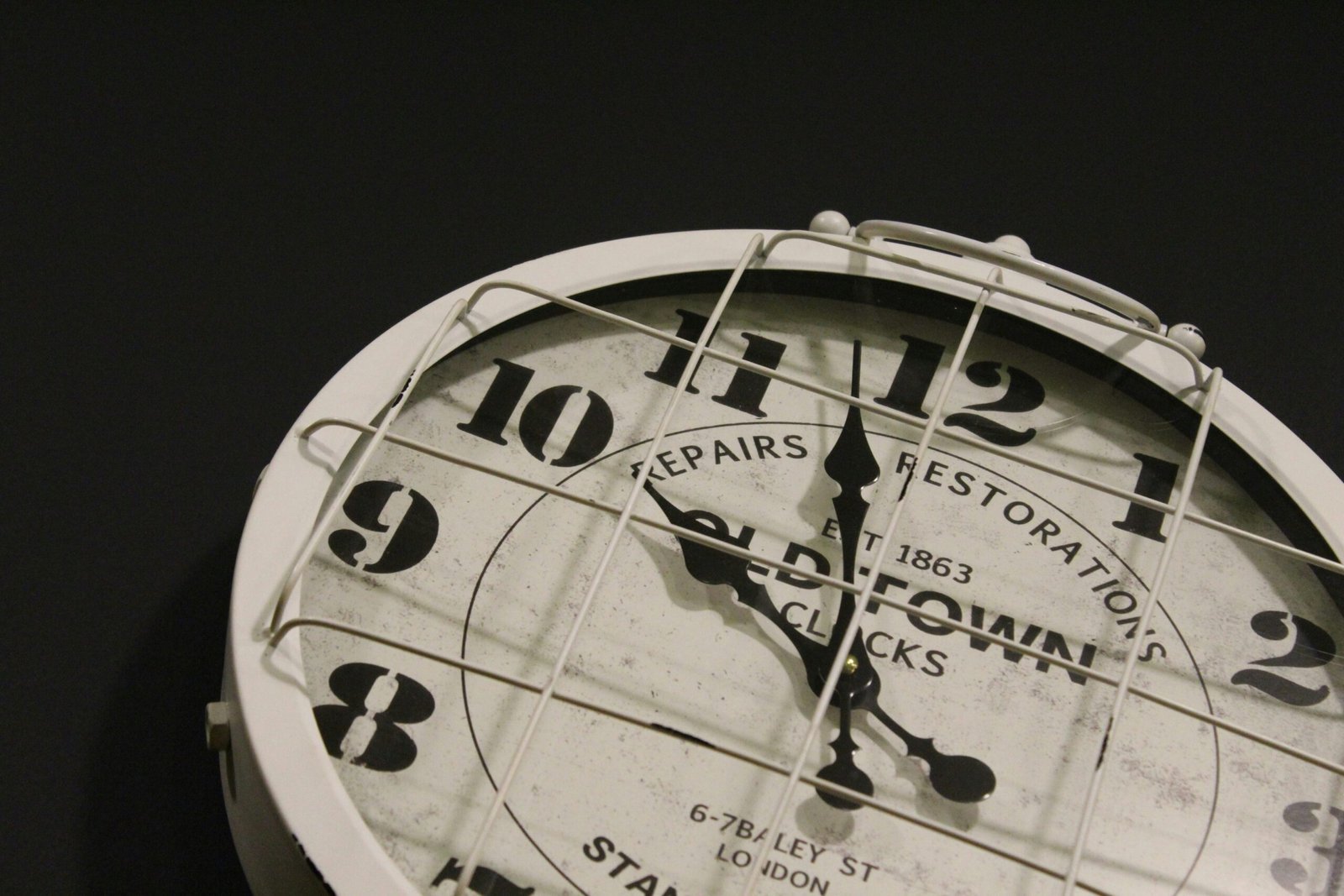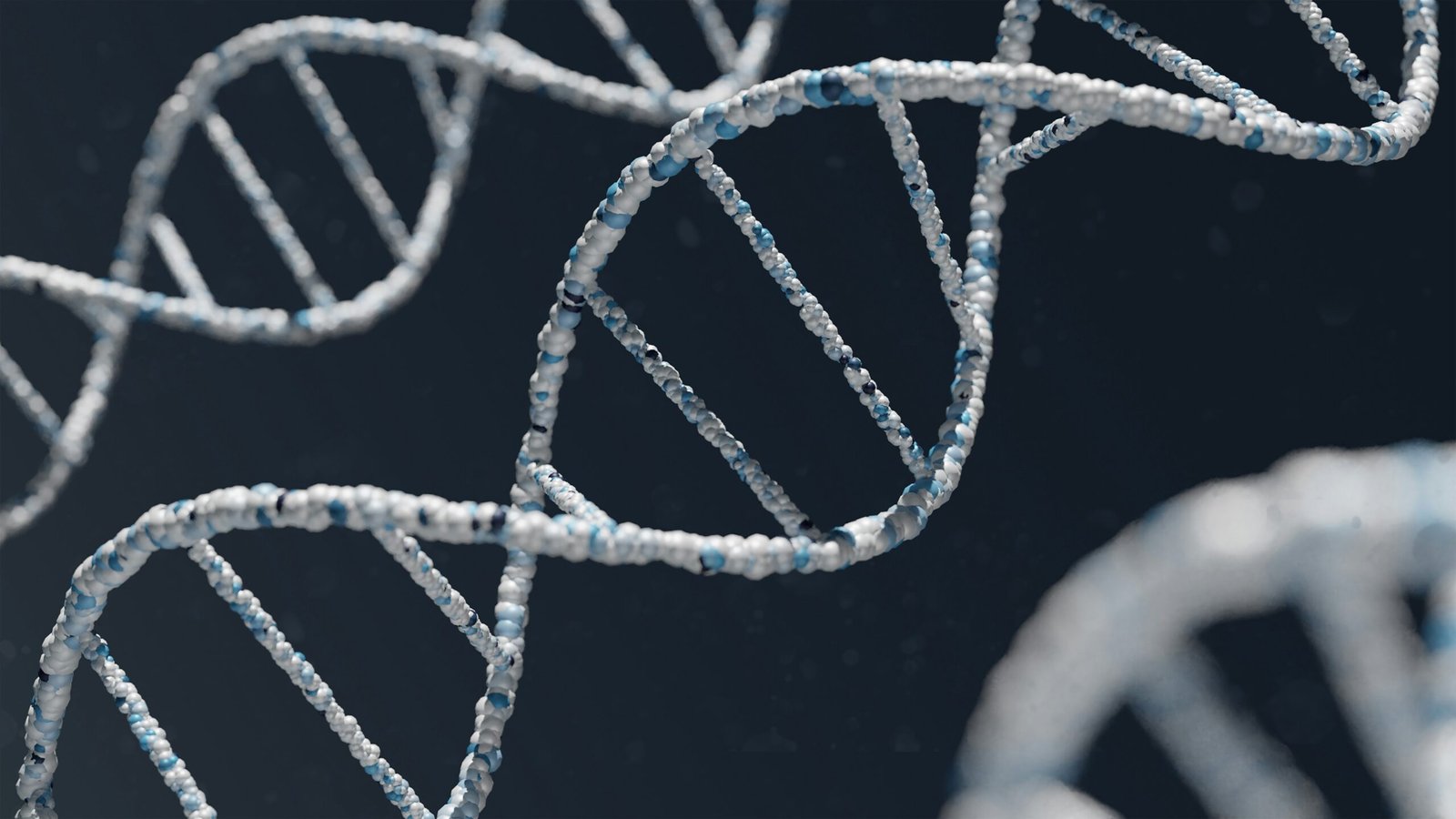Learn about the characteristics of Love waves, a type of surface wave associated with earthquakes. Understand their effects on the Earth’s surface and infrastructure. Exploring the Unique Characteristics of Rayleigh Waves.
Introduction
Love waves, also known as Q waves, are a type of surface wave that travels along the Earth’s surface. They are named after A.E.H. Love, who first mathematically predicted their existence in 1911. Love waves are primarily associated with earthquakes and can cause significant damage to infrastructure. What are the Disadvantages of Asexual Reproduction?
Characteristics of Love Waves
Love waves have several distinct characteristics that set them apart from other types of seismic waves:
- Shear Motion: Love waves propagate through the Earth’s crust with a side-to-side, or horizontal, motion. This motion is perpendicular to the direction of wave propagation.
- Surface Wave: Unlike body waves, such as P-waves and S-waves, which travel through the Earth’s interior, Love waves are surface waves that travel only along the Earth’s surface.
- Slow Speed: Love waves travel at a slower speed compared to other seismic waves. Their velocity depends on the elastic properties of the Earth’s crust.
- High Frequency: Love waves have a higher frequency compared to other seismic waves. This high frequency contributes to their destructive potential.
- Long Wavelength: Love waves have a longer wavelength compared to other surface waves, such as Rayleigh waves. The wavelength is the distance between two consecutive crests or troughs of a wave.
Understanding the Effects of Love Waves
Love waves can have significant effects on the Earth’s surface and human-made structures. Some of the key effects include:
- Ground Shaking: Love waves cause the ground to shake horizontally, which can lead to the collapse of buildings, bridges, and other infrastructure.
- Surface Rupture: In intense earthquakes, Love waves can cause surface rupture, resulting in visible cracks and displacement of the ground.
- Landslides and Avalanches: The shaking caused by Love waves can trigger landslides and avalanches on steep slopes.
- Soil Liquefaction: Love waves can induce liquefaction in loose, water-saturated soils, causing them to lose their strength and behave like a liquid.
- Seismic Hazard Assessment: Understanding the characteristics of Love waves is crucial for assessing seismic hazards in a region. Engineers and seismologists use this knowledge to design safer structures and develop early warning systems.
Conclusion
Love waves are a type of surface wave that can cause significant damage during earthquakes. Understanding their characteristics and effects is essential for mitigating their impact on infrastructure and ensuring the safety of communities. Discover how construction project management software for small businesses. By studying Love waves, scientists and engineers can develop better strategies for earthquake preparedness and response.






